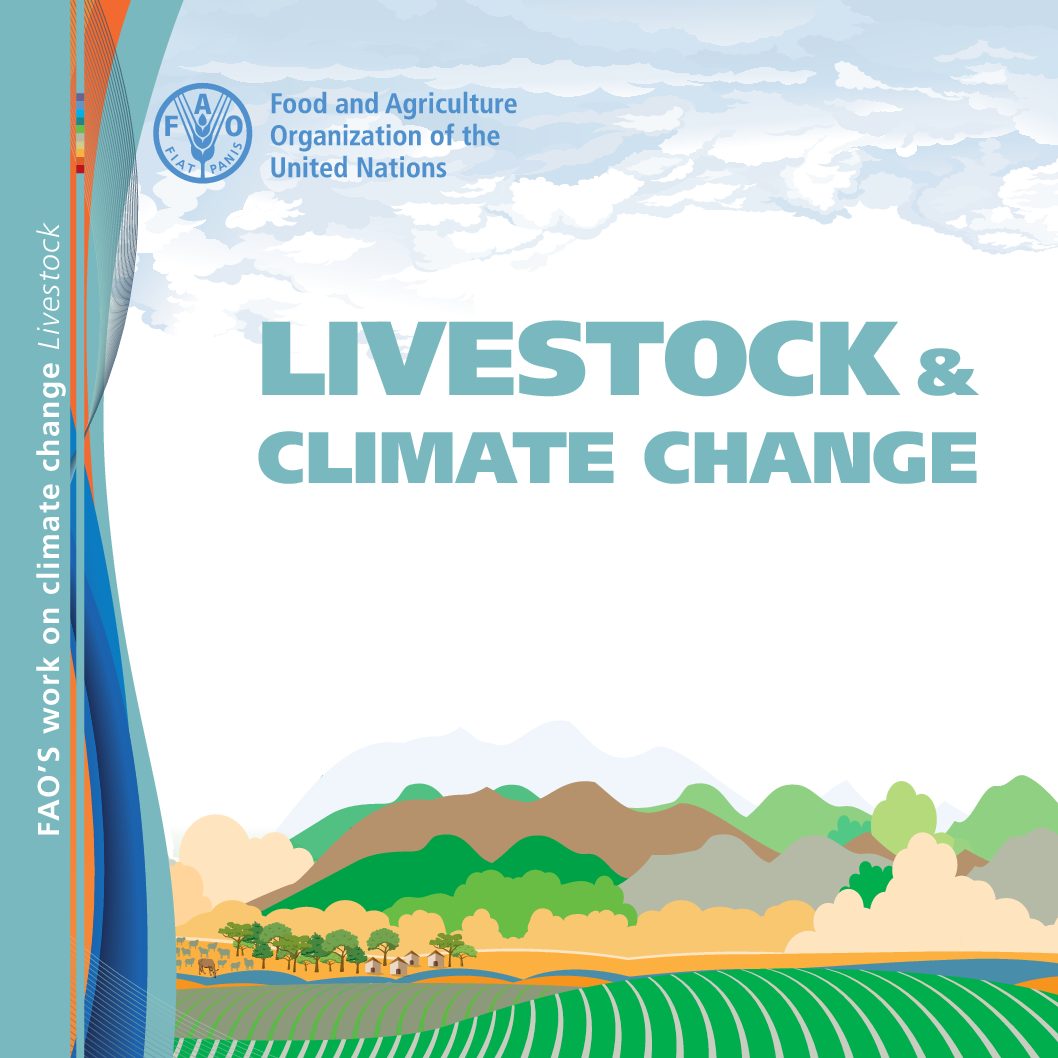
Smallholder livestock keepers, fisherfolks and pastoralists are among the most vulnerable to climate change. Climate change impacts livestock directly (for example through heat stress and increased morbidity and mortality) and indirectly (for example through quality and availability of feed and forages, and animal diseases). At the same time, the livestock sector contributes significantly to climate change. In fact, 14.5 percent of all human-caused greenhouse gas (GHG) emissions come from livestock supply chains. They amount to 7.1 gigatonnes (GT) of carbon dioxide equivalent (CO2-eq) per year.
The main sources of emissions are feed production and processing, and methane from ruminants’ digestion. The good news is that wider adoption of existing best practices and technologies in animal feeding, health and husbandry, and manure management could help the global livestock sector be more resilient and cut its emissions of greenhouse gases by as much as 30 percent.
The Food and Agriculture Organization of the United Nations (FAO) provides support to countries to address the impacts of climate change on livestock production and to reduce the contribution of domestic animals to greenhouse gas emissions.
View PDF here.
For more information about FAO’s work on climate change visit their webpage.








